Rocky Mountain Biological Laboratory trains the next generation of scientists
share

GOTHIC, Colo. — Nestled in the verdant grasses of the Gothic forests, Gus, one of the youngest campers, penciled his thoughts into a small paper journal.
On a nearby log sat Finn, who sketched the arms of rustling aspens reaching above him.
A little bit further along the path was Selena, who was beginning the first few pages of her latest chapter book, which opened with the main character — a marmot — waking up, alarmed. She promised to add more later.
This serene reflection session was part of Nature Camp, one of the many youth science camps hosted at the renowned Rocky Mountain National Laboratory (RMBL) in Gothic, Colorado. Here, up-and-coming ecologists, from kindergarteners to high schoolers, can explore the natural marvels of Gothic while many of their ecologist parents conduct professional field research.
Founded in 1928, RMBL is one of the oldest active field stations in the country. Researchers from across the globe fill the small ghost town of Gothic — where RMBL, pronounced “rumble,” is located — to conduct and continue decades-long projects focusing on everything from hummingbirds to ground squirrels to marmots.
Cabins in Gothic fill quickly over the summer as scientists and their families station for the season. Crested Butte, the next nearest town, is a few miles away, leaving many field-researcher parents needing daytime options to occupy their junior researchers.
This need for childcare dates as far back as the lab’s genesis when one of the original founders would bring his children up with him on trips to Gothic, according to Katie Lawn, the Youth Programs Coordinator RMBL.
“[Youth camps] really give an opportunity for RMBL to extend the amazing work that’s done here,” said Lawn.
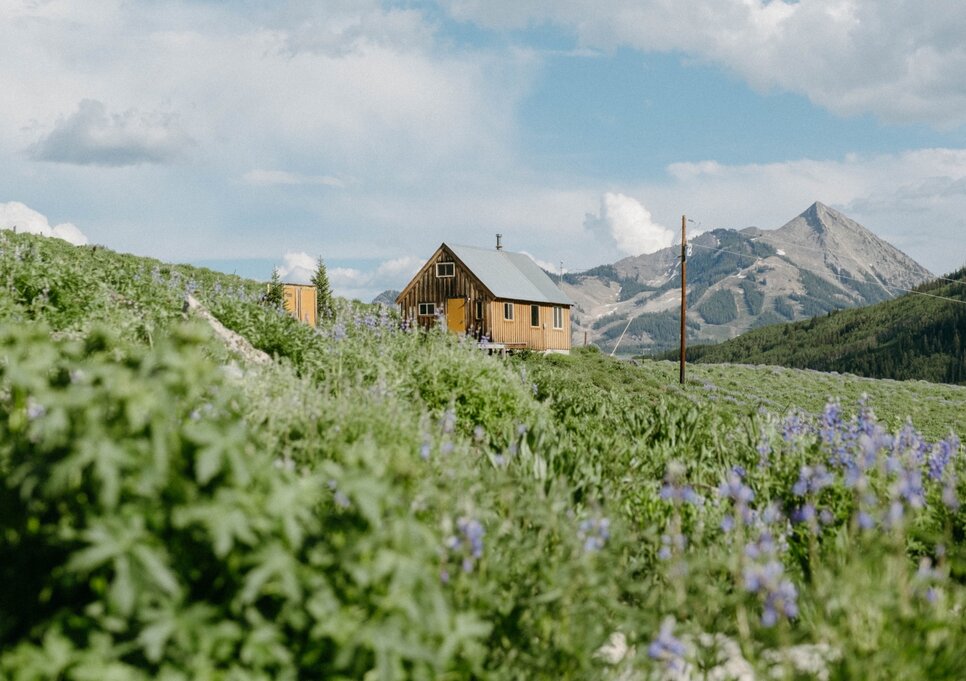
The Rocky Mountain Biological Laboratory (RMBL) and its surrounding cabins are located in Gothic, Colorado, a ghost town located about five miles from Crested Butte.
Photo: Peter Vo, Rocky Mountain PBS
It wasn’t until the 1980s and 1990s when a more formalized youth program began, and since the early 2000s, RMBL has offered camps for nearly all ages during the summer.
“RMBL is actually bringing the scientists to students, and connects those students with the real time research that’s happening,” said Lawn.
Nature Camp is the first stop for the youngest of the budding scientists. Offered to kids in kindergarten through second grade, it focuses on planting the fundamentals of ecology to prepare campers for more involved research-focused programming.
Weekly themes shift between mammals to insects to the environment.
“We are outside as much as possible,” said Marley Santos, one of the Nature Camp instructors. “We’re doing a lot of art, and a lot of science, just trying to pack in as much learning as possible in the four days they have here.”
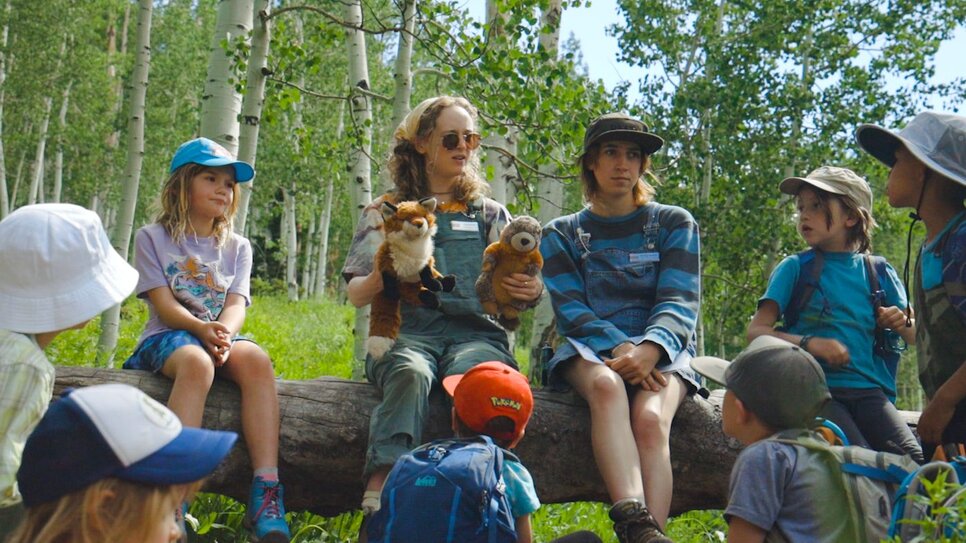
Houser (center-left) and Santos (center-right) lead a lesson on prey vs. predators, featuring Stitches the stuffed-animal marmot.
Photo: Chase McCleary, Rocky Mountain PBS
“We do a lot of lesson planning so that we make sure our curriculum intersects with everything they want to teach at RMBL… just teaching the next generation of scientists,” said Anna Houser, the other Nature Camp instructor.
Houser, a ski instructor from Crested Butte who stays the summers for camp, and Santos, a longtime trail worker who wanted to mix her love for working outdoors with her love for working with kids, are both in their first years as Nature Camp instructors.
They have had little trouble getting the junior scientists pumped up for their activities, which often involve various nature-focused games, discussion with active RMBL researchers and frequent hikes that incorporate impromptu lessons about the nature campers see along the way.
Caitlin Wells, a seasoned RMBL conservation ecologist who has spent about 15 years working a field study on ground squirrels, shares the excitement that bubbles over from her two young children post-hike.
“When my kids get home from camp, they are so stoked,” said Wells. “We have — not a competition, but they want to tell me what mammals they saw versus what I saw during the day…”
Well’s two sons, seven-year-old Hank and four-year-old Gus are both nature campers. Gus has been summering at the lab since he was just three months old.
The camp and care provided at RMBL has allowed Wells to continue her field work and also contributed to her own children’s knowledge and appreciation of the natural world.
“They can both go and learn about the bugs and the bees and the birds and the mammals… while I am out doing observations and helping my team,” said Wells.
Taylor Bastian, a UCLA-graduate student leading “The Marmoteers,” grad students working on the long-time RMBL Marmot project, presented her team’s work to a mix of Science and Nature campers.
Bastian demonstrated a marmot trap, detailed a typical marmot’s diet and described the Marmot Project’s research, in turn inspiring one young Nature Camper to announce, “Then I want to be a marmot scientist!”
Kids who age out of Nature Camp can move on to Science Camp, which focuses a bit more closely on the scientific methods and processes underlying the research.
Following the week’s theme “Mysteries of Mountains,” science campers, offered to third through fifth graders, inspected an array of rocks under a digital microscope and kept notes in personal field notebooks.
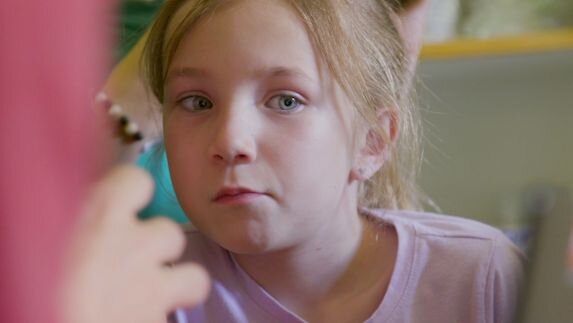
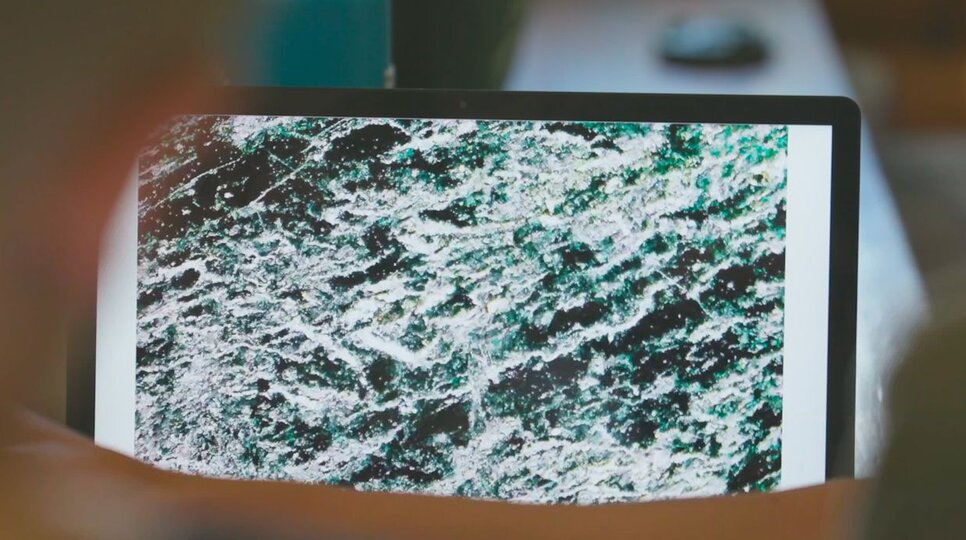
Genevieve, a Science camper, looks at a magnified piece of quartz.
Photo: Chase McCleary, Rocky Mountain PBS
They later visited the famed RMBL community ecologist Billy Barr for a conversation about his historic snow measurement research, as well as his movie, movie snack and haircut preferences (“The Princess Bride”, chocolate and no haircut, respectively).
Many science campers have been coming for years, some traveling from across the state and beyond to attend. Lawn noted that some families plan summer vacations around camp programming, and kids may continue on through middle school, high school and potentially undergraduate programming.
“Exposing kids to science at an early age gives them opportunities for connections with our natural world…” said Lawn, “and also gives them the opportunity to make connections with other people and really be able to grow as a person and gow in their experiences.”
Backpacked, bug and sunscreen coated, nature campers lined up to start their “Big Trek,” an uphill journey to the nearby Judd Falls.
“Are we ready to adventure, homies?” asked Houser, to an enthusiastic “Yeah!”
The nature campers hiked up to a clearing among the Aspens for a quick snack break and lesson on prey vs predators (featuring Stitches the stuffed-animal marmot). Refueled, they pushed on, along the way learning to be wary of thorny thistle and spotting a deer in the distance.
They regrouped again once more in another shady aspen grove, where a quick prey vs. predator game was followed by quiet journaling time.
Young campers tucked into the shady shrubs and cradled-up against fallen logs to record their thoughts on the day’s hike.
“There’s not a lot of kids who get this opportunity to be up in nature like we do,” said Houser, “and I think it’s just so important that kids actually get out and draw plants, see deer in real life and just learn about nature all around,” she said.
Houser wrote a poem during her journaling time, which received nods and a gentle applause from Finn.
“Finn earlier was like, ‘Nature is life,’” said Santos, “and I just… nature is life.”
“And in here, you’re full of it. You’re full of life when you’re here.”
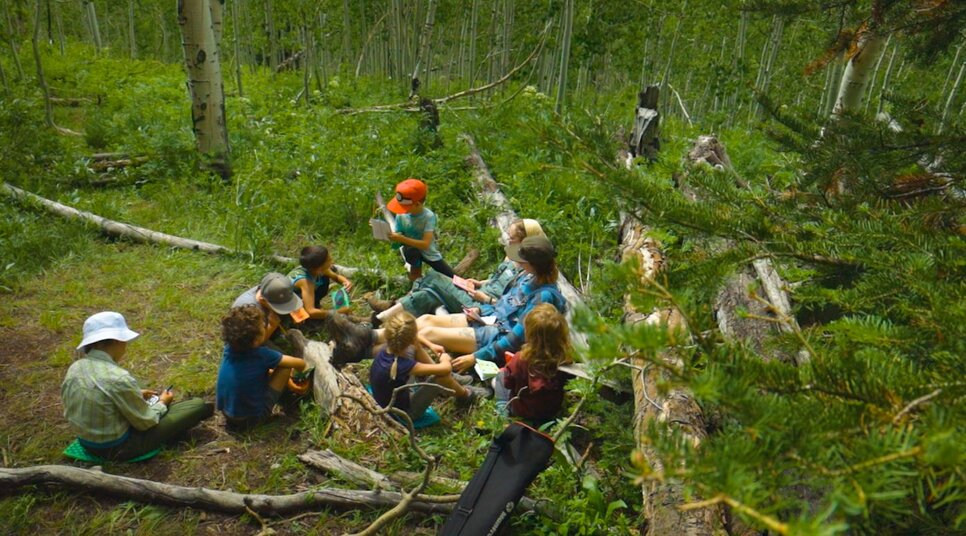
Houser, Santos and the Nature campers share their journal entries.
Photo: Chase McCleary, Rocky Mountain PBS
Photo: Chase McCleary, Rocky Mountain PBS